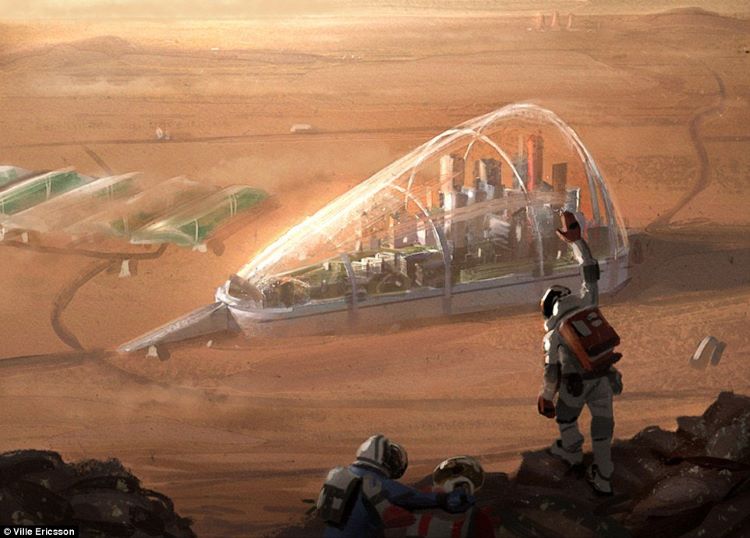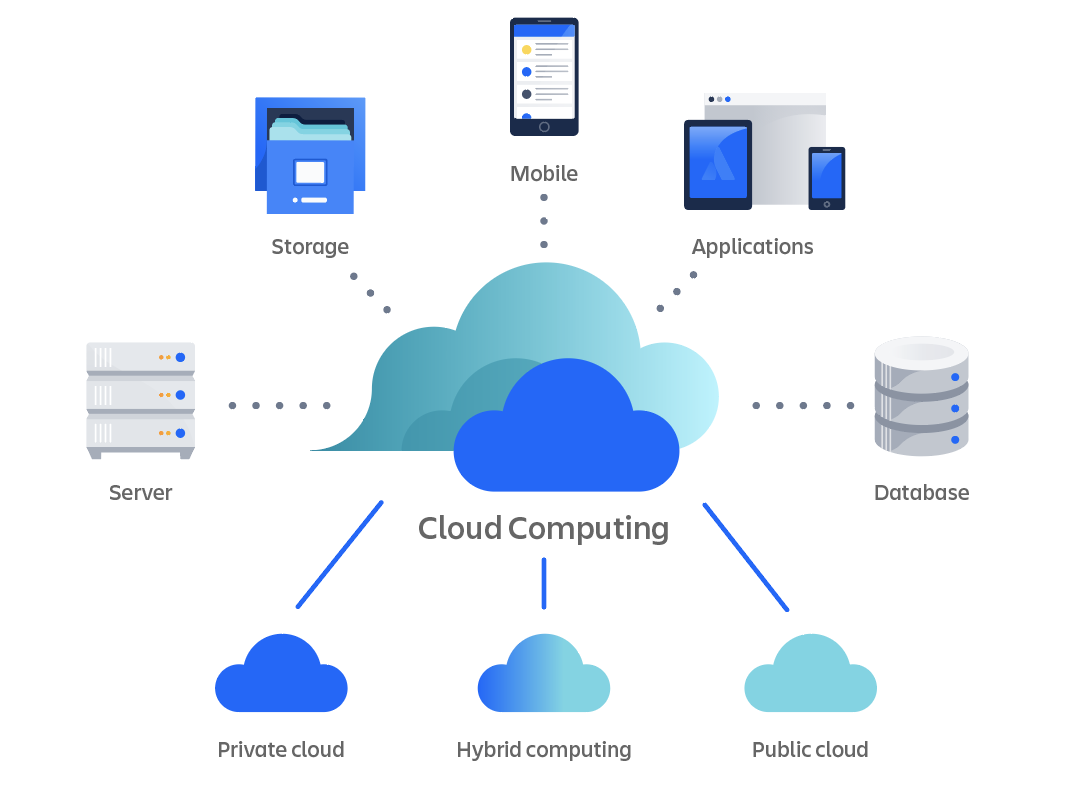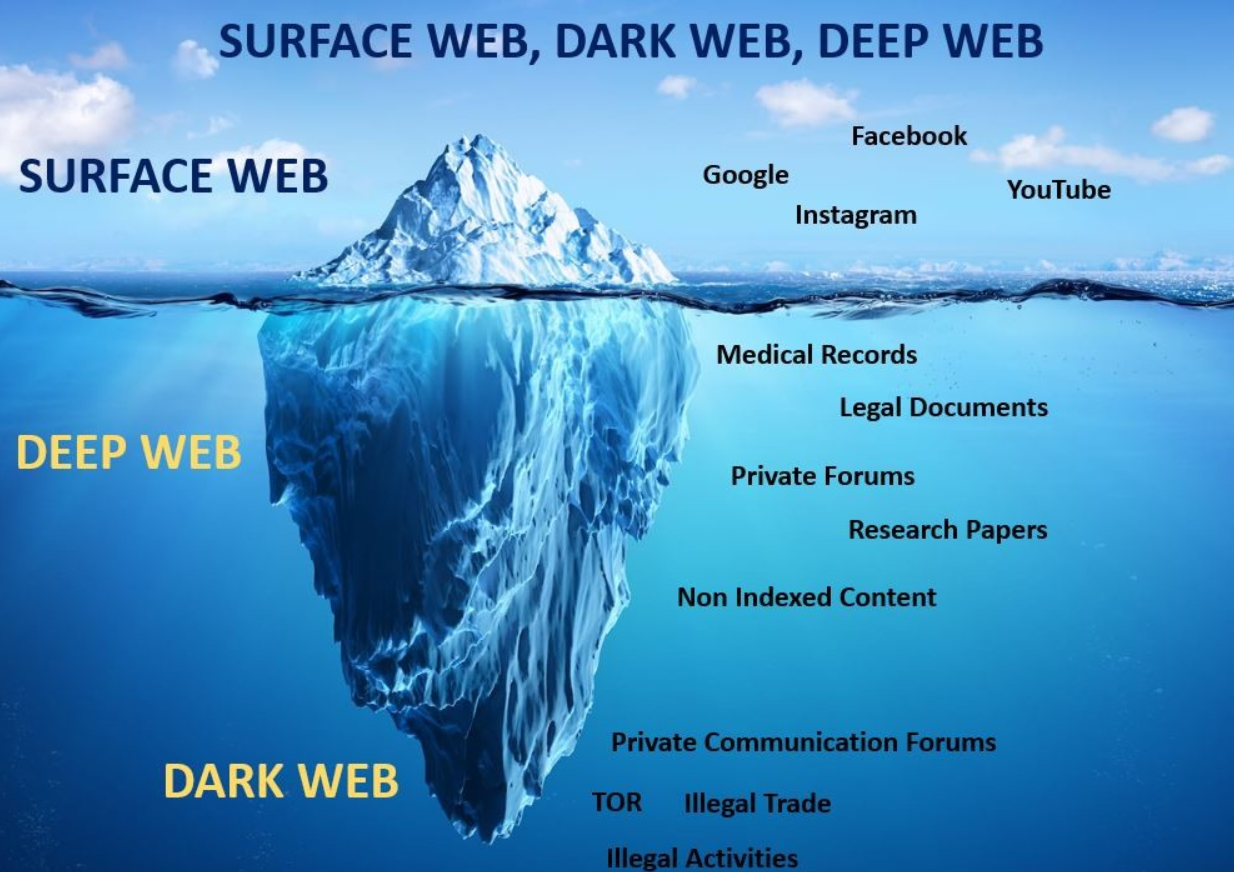
Mars Colonization: The Journey to a New World
Imagine standing on the surface of another planet, gazing at a red sky, and looking up to see Earth from millions of miles away. It sounds like something out of a science fiction movie, doesn’t it? But the dream of colonizing Mars is becoming more real each day. In this post, we’ll take a journey through the exciting world of Mars colonization, exploring what it means, the challenges involved, and how humanity might one day live on the Red Planet.
The Dream of Mars Colonization
Humans have always looked up to the stars with wonder, and Mars has been one of the most captivating targets for space exploration. It’s close enough to Earth to be reachable, but far enough to remain a mystery. In fact, many have dreamed of visiting and even living on Mars for decades. From writers like H.G. Wells in The War of the Worlds to the movie The Martian starring Matt Damon, Mars has always captured our imagination.
But why Mars? Why not the Moon or some other planet? The reason is simple: Mars is the most Earth-like planet in our solar system. It has the right amount of gravity, a day length similar to ours, and even evidence of water in the past. With the right technology and determination, it could become humanity’s second home.
The Journey Begins: Getting to Mars
The journey to Mars is no small feat. Currently, it takes about 6-9 months to travel to Mars from Earth, depending on the positions of the two planets. This means that astronauts need to be prepared for a long journey in space. They will live in spacecraft that are equipped with everything they need, including food, water, and oxygen.
While the idea of spending months in space may sound daunting, space agencies like NASA and private companies like SpaceX are developing spacecraft that will make the journey safer and more comfortable. Imagine a large, spaceship-like vehicle with living spaces, exercise rooms, and even entertainment to keep the astronauts busy.
Once the spacecraft reaches Mars, the next challenge begins: landing safely. Mars’ atmosphere is very thin, so landing isn’t as easy as on Earth. Engineers are working on landing technology that will slow the spacecraft down just enough to make a safe touchdown on the Martian surface. It’s not going to be as simple as landing an airplane—it’s going to take careful planning and smart technology.
The Challenges: Living on Mars
Living on Mars won’t be easy. The planet’s surface is cold, dry, and has very little oxygen. Without a proper space suit or habitat, humans wouldn’t survive for more than a few minutes. But that doesn’t mean we can’t live there. Scientists are developing ways to protect astronauts from Mars’ harsh environment.
- Mars Habitats
One of the first things that will need to be built on Mars is a habitat—a safe place where astronauts can live, work, and sleep. These habitats will be like miniature Earths, with everything necessary for survival. They’ll have life-support systems that provide oxygen and clean water, and they’ll need to protect against extreme temperatures, radiation, and dust storms. These habitats might even be built using materials found on Mars, a process known as in-situ resource utilization (ISRU). - Water and Food
Water is essential for life, and Mars doesn’t have the abundant sources of water that Earth does. However, scientists have discovered evidence of frozen water below the surface of Mars. In the future, colonists could extract this water and turn it into drinkable liquid. As for food, astronauts will need to grow their own crops in greenhouses on Mars. While growing food in space is still in the experimental stages, it’s something researchers are already working on. - Radiation Protection
Mars has no protective magnetic field like Earth, which means it’s constantly exposed to harmful radiation from the Sun and space. Long-term exposure to radiation can damage cells and cause cancer. To solve this, habitats will need thick walls to shield the colonists from radiation. Scientists are researching different materials, including using Martian soil to build protective barriers. - Gravity
Mars has only about 38% of Earth’s gravity, which could lead to health problems for people living there for extended periods. Astronauts may suffer from weakened muscles and bones, similar to what we see with astronauts who spend long periods in space. To counteract this, Mars colonists may need to exercise regularly and use machines to help keep their bodies strong.
The First Martian Colonists: A New Beginning
The first humans on Mars won’t be a large group. It will start small—probably with a handful of astronauts on a one-way trip. They’ll be scientists, engineers, and doctors, each playing a crucial role in setting up the first colony. These pioneers will conduct experiments, build habitats, and learn as much as they can about the Martian environment to prepare for future colonists.
While living on Mars will be difficult at first, the dream is that one day we’ll have thriving cities on the Red Planet. Future generations could grow up on Mars, learn about the world beyond, and continue the mission of expanding humanity into the cosmos.
Why Does Mars Colonization Matter?
You might be wondering, Why do we need to colonize Mars? Well, there are a few reasons. First, it offers a backup for humanity. If something were to happen to Earth—like an asteroid impact or climate change—it could threaten our survival. Having a second home in space would ensure that humans continue to thrive.
Second, the challenges of living on Mars will drive technology and innovation. Many of the advancements developed for Mars could improve life here on Earth, like renewable energy, medical breakthroughs, and new ways of recycling and using resources.
Finally, colonizing Mars is about pushing the limits of human curiosity and exploration. Just like our ancestors set sail across oceans to discover new lands, we’re now setting our sights on the stars. Mars is our first step.
The Road Ahead
The dream of Mars colonization is still a long way off, but every year brings us closer to making it a reality. With advances in rocket technology, space habitats, and life support systems, it’s no longer just a fantasy. We may not see colonization happen in our lifetime, but the groundwork is being laid today for future generations.
So, the next time you look up at the night sky, remember that Mars is no longer a distant dream. It’s a place where humanity’s future could one day unfold—a new home in the stars.
Conclusion
The journey to Mars is both an exciting and challenging adventure, but it’s one that humanity is eager to take. With each step forward, we’re getting closer to answering the biggest question of all: Can we live on another planet? While we don’t have all the answers yet, one thing is certain—Mars colonization is within our reach, and the stars may one day be our home.



Leave a Reply